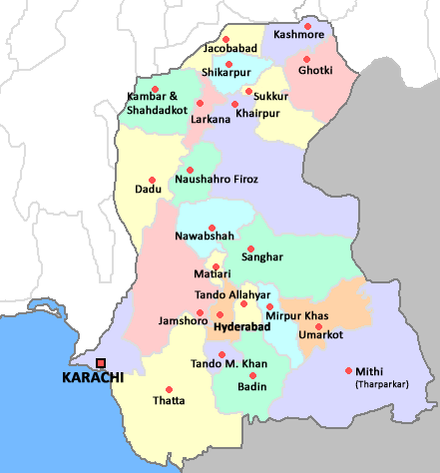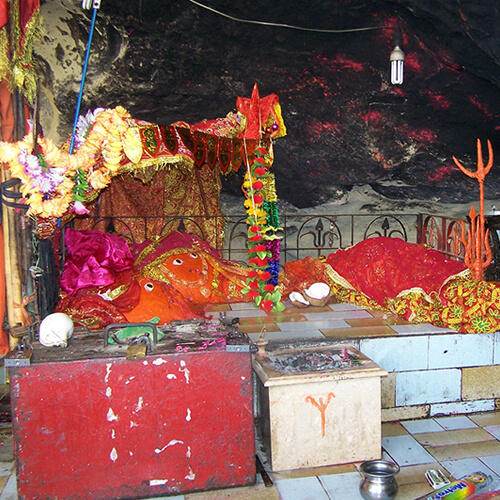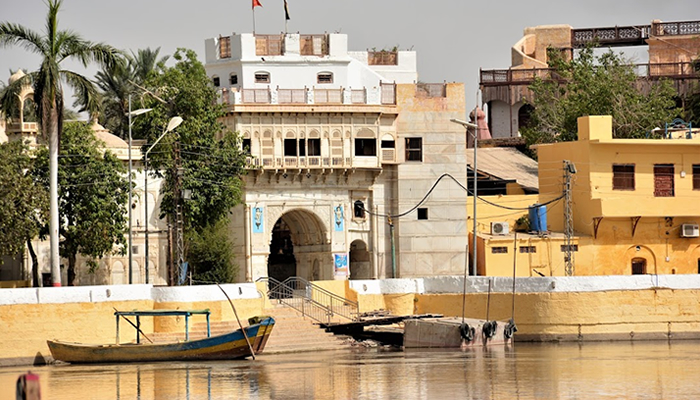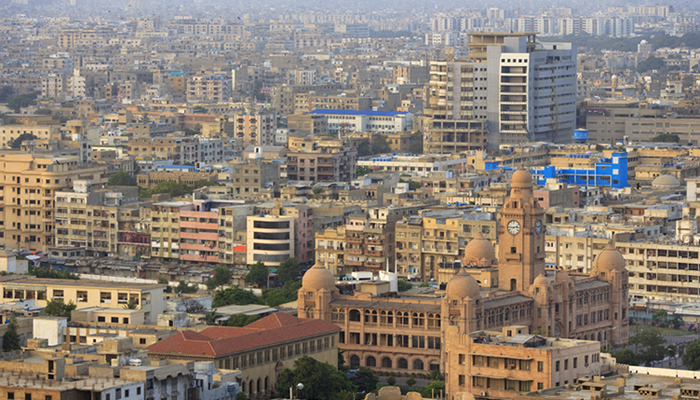
History of Sindh
Indus valley civilization and Sind in particular was the cradle of world civilizations. The name Sind is derived from river Sindhu which is called Indus. Our ancient civilisation began here. It is a confirmed fact that Navigation started on the Indus river around 6OOO years ago. We must feel proud of the fact that we originate from such an ancient and cultured country with a recognized civilisation of 5OOO years. There was a Sindhi version of the Mahabharata in 3OO B.C during the Budhhist era of Sind. Vasdeva the Kusha king at that time ordered the listing of all sindhi literary works in 346 A.D . But today there is no trace of these writings But the definite assertion of the existence about these books proves that two thousand years ago , sindhi was already a written language.



